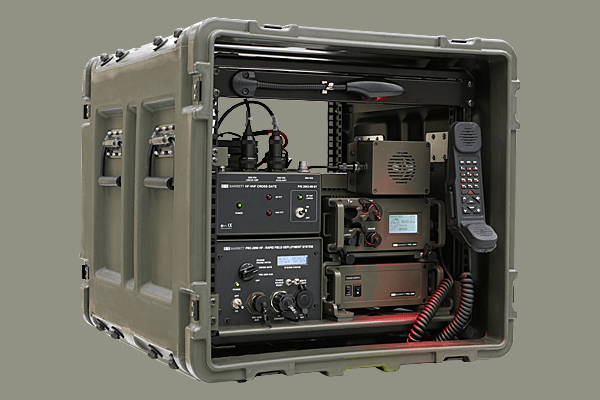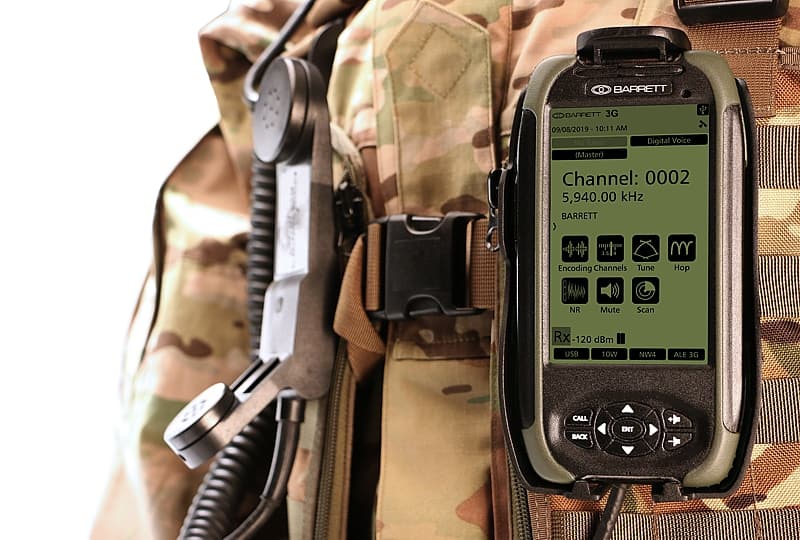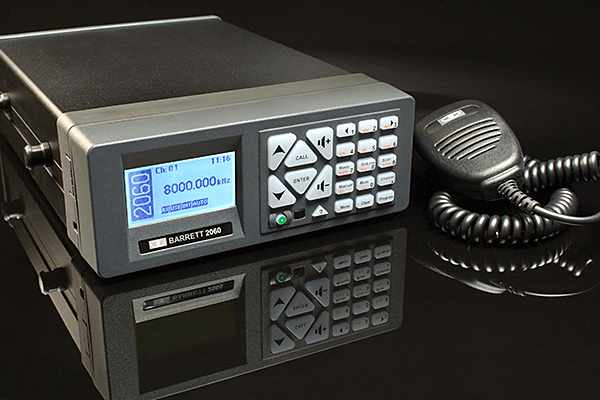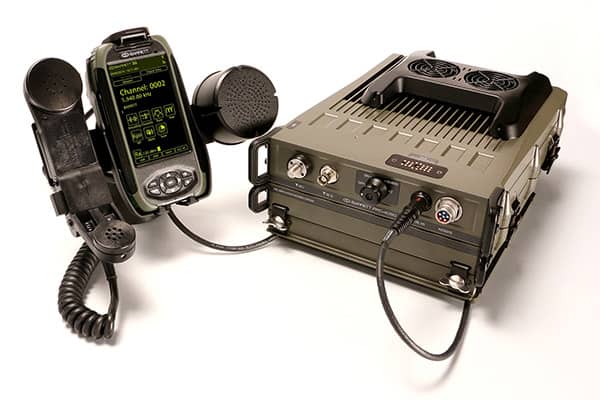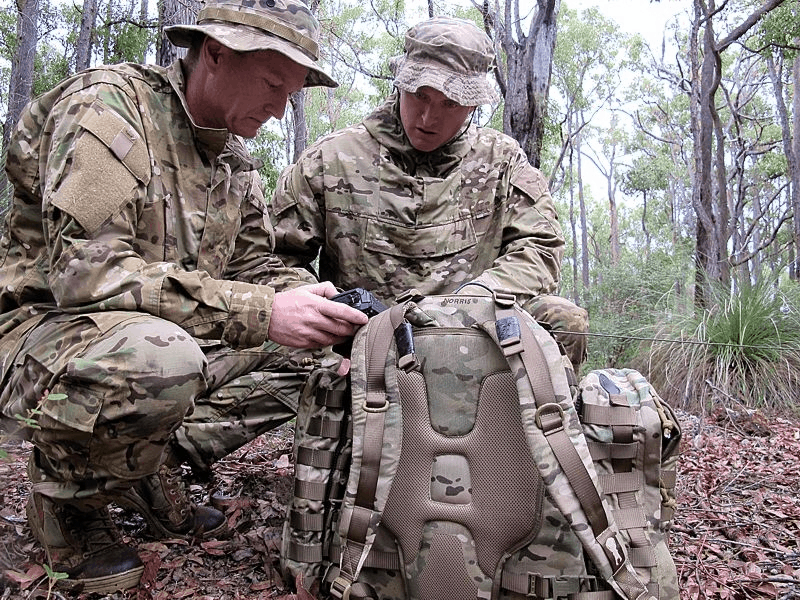3 basic elements of tactical HF radio security
3 basic elements of tactical HF radio security
Information privacy is of paramount importance in tactical conditions. When it comes to high frequency (HF) radio security, there are three elements that your radio communications equipment needs to be capable of for secure communication in a range of conditions.
1. Transmission Encryption.
Any party with access to an HF scanner has the potential to monitor radio activity. The sensitive nature of tactical operations makes encrypted radio transmissions vital in keeping data private.
The encryption process involves the transmitting radio scrambling a message in accordance with a specific algorithm that can only be decrypted by a receiving radio equipped with the same security key. People attempting to intercept the transmission without a valid security key will not be able to decipher this communication.
Audio communications broadcasted over Barrett Communications High Frequency radios are compatible with various encryption capabilities, including Data Encryption Standard 56 (DES) which uses a traditional symmetric-key algorithm for encryption, as well as the Advanced Encryption Standard 256 (AES), used worldwide.
Designed for a range of environmental conditions and temperatures, the Barrett PRC-2090 Tactical HF radio system provides reliable and secure communications. This tactical HF radio facilitates advanced calling features and interoperability with a range of security hardwares from different vendors, as well as accessible interfacing with external voice-crypto equipment.
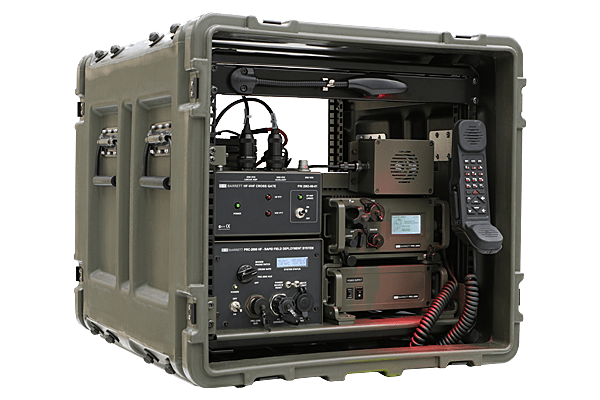
The Barrett PRC-2090 Tactical HF radio system provides reliable and secure communications, as well as advanced protection against interceptions.
2. Frequency Hopping.
Frequency hopping is a transmission option wherein a broadcast changes the carrier frequency in accordance with a particular pattern. This is an effective option for a variety of different tactical operations as it is incredibly difficult for an eavesdropping party to intercept. Only transmitter and receiver radios programmed to follow the corresponding hops of frequency can interpret the frequency hopping broadcast. Frequency hopping has been used for decades, and is an effective way of transmitting secure broadcasts to multiple points of contact.
Due to the constant hopping between radio bandwidths and changes in frequencies, the HF radio used needs to be of high quality and able to independently synchronise to a network from a range of control points. The Barrett PRC-2090 Tactical HF radio has advanced frequency hopping capabilities and no late entry time delays. Using a ten digit encryption key, the PRC-2090 can hop at rates of five or 25 hops per second, as well as providing advanced protection against interceptive electronic warfare attacks.
3. Secure Call.
Secure Call enables point-to-point and point-to-multipoint contact with radios in a locked network using an inband hopping technique on a frequency. These frequencies can change up to 15 items per second, depending on the operator’s preferences. This requires a four digit pin code for each radio, and if a transceiver is disconnected at any stage of contact, the operator will need to reestablish the connection using the coded method.
The Barrett PRC-2090 is host to a narrow band voice scrambler to provide secure communications, and has a number of internal and external encryption capabilities for both audio and data transmissions. This is interoperable with Barrett’s frequency hopping which ensures no late entry synchronisation delay.
Barrett Communications has an extensive range of tactical HF radio transceivers for optimum security in the field. To enquire about our products, get in contact with our team.

